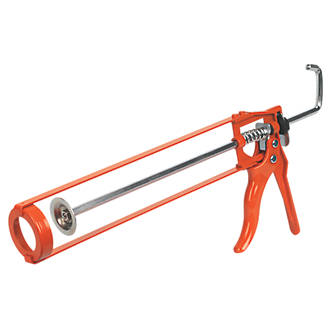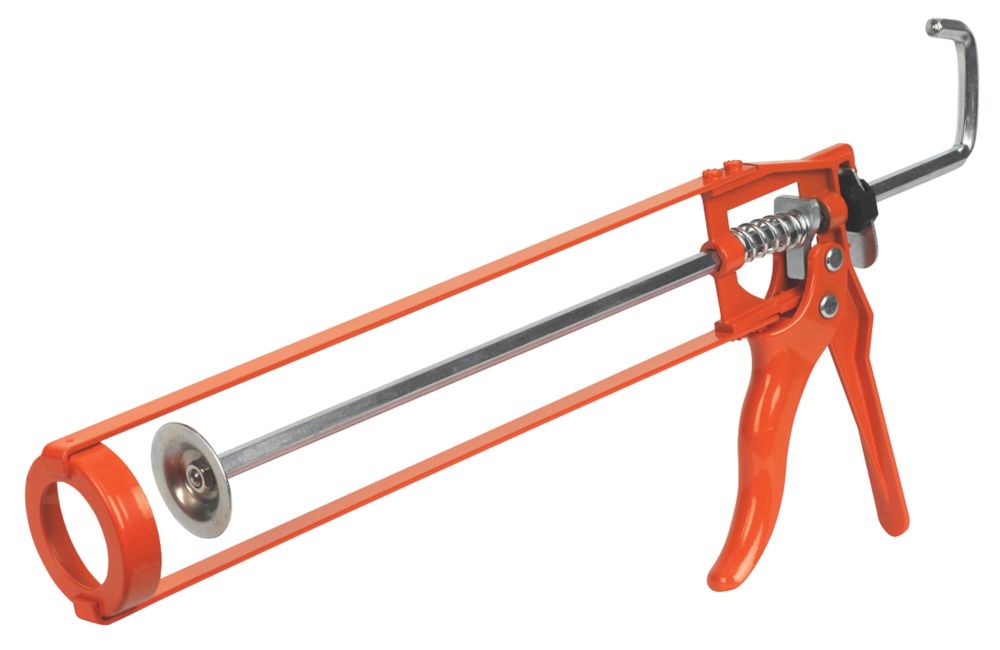Since there are (or have been) friction drives marketed with automatically variable contact pressure (ie between drive roller and tyre) to mitigate slip eg in the wet, I am wondering if I can fit a simpler user controlled variable pressure 'trimmer' (the basic pressure against the tyre is spring controlled) on the 'cobbled together' friction drive which I have fitted to my old Bickerton folder? I am thinking of something adapted from a cable or hydraulic brake, so that I can temporarily apply additional contact pressure to the tyre when on a hill or on wet roads to reduce slip and increase traction. Any thoughts? Incidentally the converted Bickerton is quite fun in the dry and on flat or relatively low slopes - is relatively light and still foldable so goes easily in the car boot. Peter
Variable contact pressure on a friction drive?
- Thread starter peterjd
- Start date
No reason why not Peter.Since there are (or have been) friction drives marketed with automatically variable contact pressure (ie between drive roller and tyre) to mitigate slip eg in the wet, I am wondering if I can fit a simpler user controlled variable pressure 'trimmer' (the basic pressure against the tyre is spring controlled) on the 'cobbled together' friction drive which I have fitted to my old Bickerton folder? I am thinking of something adapted from a cable or hydraulic brake, so that I can temporarily apply additional contact pressure to the tyre when on a hill or on wet roads to reduce slip and increase traction. Any thoughts? Incidentally the converted Bickerton is quite fun in the dry and on flat or relatively low slopes - is relatively light and still foldable so goes easily in the car boot. Peter
On the Zap drive, the grandfather of them all many years ago, the user dodge was to add elastic bands to the tensioning, more rain, more elastic bands!
.
On ES , Aussie Kepler used a lever and cable to actuate his friction drive kit.
Kepler Friction drive comes of age. - Page 17 - Endless Sphere (endless-sphere.com)
Kepler Friction drive comes of age. - Page 17 - Endless Sphere (endless-sphere.com)
I'm certain there are better solutions but: Your cable would need a fair amount of travel, to exert enough force via a lever, which suggests to my mind either an actuated motor to exert force, as linked by @Nealh ... or a simple linear ratchet operated by a handle, of the type used on guns for silicone sealant, connected to a long cable running over pulleys to the lever. The ratchet on those sealant pumps are easily released when required.


 www.screwfix.com
www.screwfix.com
...or of course you could use it to push instead.


No Nonsense Sealant Gun - Screwfix
Order online at Screwfix.com. High quality manual applicator gun for the application of 310 and 400ml cartridges of acrylics, silicones, MS polymers and adhesives. FREE next day delivery available, free collection in 1 minute.
...or of course you could use it to push instead.
Last edited:
Or apply pneumatic pressure against the drive, by electrically inflating a football or rugby ball? Or using a bicycle pump as needed.
Last edited:
Keplers device had a quite heavy sprung mechanism to force it on the tyre and devised the cable retention system to extend range mainly for longer rides , hills & headwinds for the dry seaon in Aus, he readily admitted it's wet weather down fall capability though wasn't his main concern for his use.
He did produce fittng kits to sell as quite a few ES membes like his fitting kit and the capable ones fitted there own RC motor and controller.
He did produce fittng kits to sell as quite a few ES membes like his fitting kit and the capable ones fitted there own RC motor and controller.
Thank you for all those interesting suggestions - I particularly like the idea of a pneumatic solution. I might think about that one. More generally I think I may have some advantage with my my friction drive since the motor drive is attached by a single adjustable quick release lever to the rear forks just behind the bottom bracket. Thus the motor is slung below the bottom bracket. It effectively pivots at that point and the top of the 'front', ie other end from drive wheel, of the unit bears against the underside of the bottom bracket. So it should be relatively easy to create a lever and actuator (pneumatic, hydraulic or mechanical) to apply the additional pressure. Thanks for all the brilliant comments. It will take me time - I have had to do quite a few changes to even get this far - but I will let you know if I get anywhere with it.
Thanks Peter

PS Yes it would have been simpler to take a photo but its cold in the garage and the rain is bucketing down.
Thanks Peter
PS Yes it would have been simpler to take a photo but its cold in the garage and the rain is bucketing down.
In those 'surely it would be really simple to...' moments when I've thought about friction drives, I always had it in my mind to hang it off the back of the seat post at a downward angle so that as well as gravity, the roller would self-servo into the tyre, thus increasing grip with increasing power level.
Under the bottom bracket is in the line of splash of the front wheel.
Under the bottom bracket is in the line of splash of the front wheel.
I very much look forward to seeing a photo of the beast.it would have been simpler to take a photo but its cold in the garage and the rain is bucketing down.
Could you ratchet tie down to increase pressure? £1, cut off excess, release on the flat.
Poundland.co.uk | Amazing value every day
Branded quality everyday essentials. Choose from food, drink, home, garden, food, toys, health, beauty, pets & more

For anyone interested - the current state of the friction drive Bickerton
PS I did attempt to attach the friction drive to the seat post but my home engineering skills and tools weren't up to it and it meant no pannier rack which I use for the Bosch type lawnmower battery. And yes the drive unit is in a very vulnerable postion but so far I have only used it on roads and good quality tracks.
PS I did attempt to attach the friction drive to the seat post but my home engineering skills and tools weren't up to it and it meant no pannier rack which I use for the Bosch type lawnmower battery. And yes the drive unit is in a very vulnerable postion but so far I have only used it on roads and good quality tracks.
Attachments
-
4 MB Views: 12
-
3.6 MB Views: 12
-
3.2 MB Views: 11
-
3.2 MB Views: 10
Last edited:
The motor needs to be attached to pivot for the following to work, but if it were my bike and the motor slipped on wet hills, and if I was seeking a simple solution: I would increase contact pressure when needed by tightening a very large re-usable ziptie or two wrapped over the the motor and frame, or the ratcheting tie in post #10 - if needed, keeping it from sliding out of position, by securing small plastic hoops (cut off from strong plastic scissor handles perhaps, and filed a bit flat on one side for a good surface contact for Araldite to adhere to) or (nylon?) blocks to the motor and/or frame using Araldite. But I'm certain better and more sophisticated bodges can be brought into existence. (If it didn't work, Araldite softens at about 70 degrees centigrade [heat gun], becomes easier to remove).
Last edited:
Thank you for that detailed suggestion. Having now had a closer look at the bike and the contents of the garage ( where I found a spare caulking/sealant gun I had forgotten about), I think I will try your suggestion in comment 5. I already have one suitable (when enlarged) hole in the top of the frame so would only need to drill a further hole to accomodate the 'actuating' rod, and fashion an appropriate lever to the drive mechanism. Thanks Peter
You're welcome. I hope to see photos of a solution worthy of The Great Egg Race: (my TV favourite programme)Thank you for that detailed suggestion. Having now had a closer look at the bike and the contents of the garage ( where I found a spare caulking/sealant gun I had forgotten about), I think I will try your suggestion in comment 5. I already have one suitable (when enlarged) hole in the top of the frame so would only need to drill a further hole to accomodate the 'actuating' rod, and fashion an appropriate lever to the drive mechanism. Thanks Peter
Related Articles
-
 Swytch announce new conversion kit with ‘pocket-sized’ battery
Swytch announce new conversion kit with ‘pocket-sized’ battery- Started by: Pedelecs
-
 New Swytch launches on Indiegogo, raises £100k in first hour
New Swytch launches on Indiegogo, raises £100k in first hour- Started by: Pedelecs
-
 Swytch to unveil 70% smaller, 50% lighter conversion kit
Swytch to unveil 70% smaller, 50% lighter conversion kit- Started by: Pedelecs






